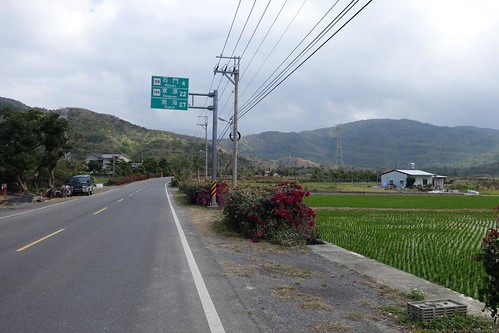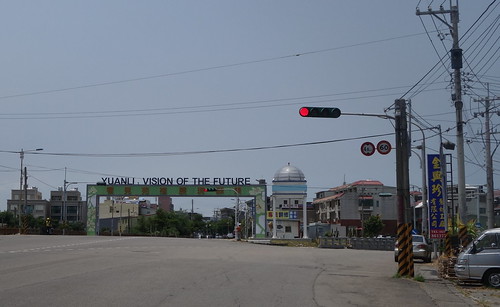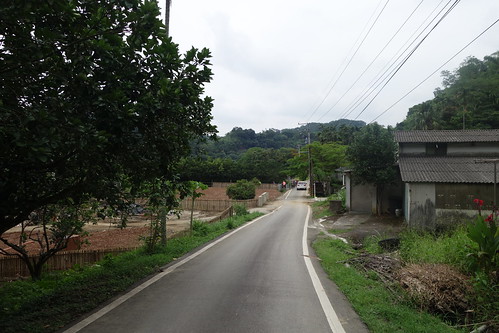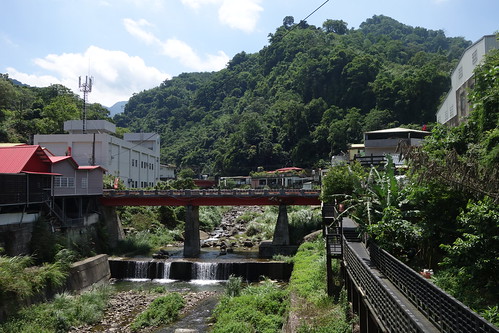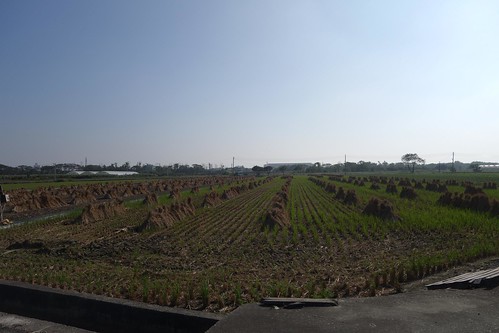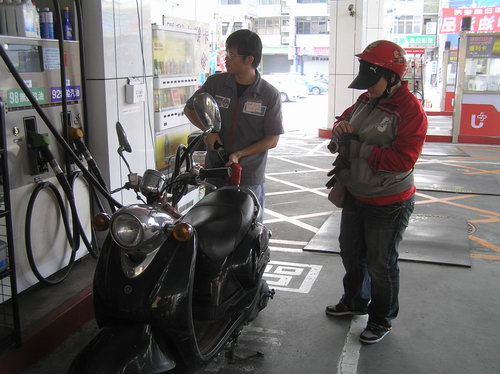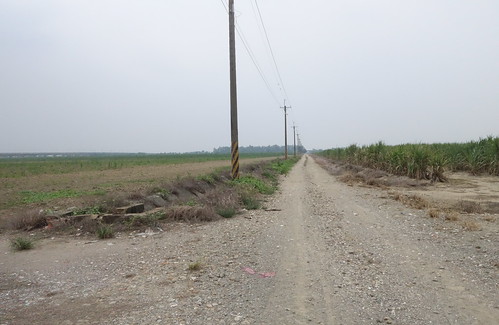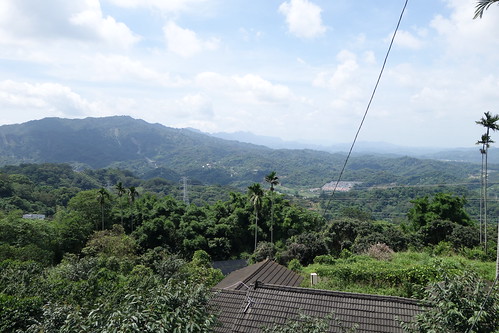Paul D. Barclay (Author)
Asia Pacific Modern
Philip E. Lilienthal Imprint in Asian Studies
University of California Press, 2018
In Outcasts of Empire: Japan's Rule on Taiwan's "Savage Border," 1874-1945, Paul Barclay tells this story, beginning with the Wushe Rebellion in 1930 led by Mona Ludao...:
The invasive and exploitative policies that provoked Mona and his confederates also eroded precolonial forms of social organization, authority, and ritual life among Taiwan’s indigenes. As it severed bonds between indigenes and their lands, in addition to prohibiting or reforming folkways it deemed injurious to its civilizing mission, the government-general nonetheless laid the groundwork for the emergence of Taiwan Indigenous Peoples as a conscious and agentive historical formation. By arresting the diffusion of Chinese language and customs into Taiwan’s interior, restricting geographic mobility across the so-called “Savage Border,” dividing the colony into normally and specially administered zones, and sanctioning a battery of projects in top-down ethnogenesis, the government-general inscribed a nearly indelible “Indigenous Territory” on the political map of Taiwan over the five decades of its existence....and tells it in narrative that is at once highly readable, deeply informed, illuminating, and sensitive to the humanity of every historical figure who appears in it. You can imagine my happiness in this age of unaffordable scholarly books that the book is available for free download. My deepest thanks to Dr. Barclay for not only writing this excellent book, but also for letting it be freely available.
Barclay's tale begins with the drama of the Wushe uprising, using it as a wedge to pry open the relations between the Japanese colonial state, run "on the cheap" as he frequently points out, and the original peoples of the island. Every aspect of their existence presented a quandary for Japan. Taiwan was that nation's first colony in a world of colonies and colonizers, and there was no reserve of experienced administrators and explorers that Japan could draw on. The nature of the aborigines themselves was elusive and the incoming Japanese state had only the most rudimentary body of knowledge about them to draw on. Moreover, the high mountain areas were inaccessible and unknown.
For the Han settlers on the plains Japanese rule was simpler. The initial period of Japanese rule was marked by rebellion after rebellion, ending with the crushing of the Tapani Revolt in 1915. This revolt complicated relations with the aborigines, since it drew off colonial resources urgently needed to extend Japanese rule into the highlands.
After that period of revolt in which the population was ruled via state brutality and terror, the settler population was ruled via what Barclay, drawing on existing theory, labels the "disciplinary state". The settlers could gradually be educated and disciplined into internalizing state-sanctioned behavioral norms and producing a surplus that could both fund the colonial government and provide some return on the massive investments of the Japanese state for the new colony.
However, this approach could never work for the peoples residing in the highlands of Taiwan. The colonial government simply lacked the resources to enforce disciplinary rule in the highlands of Taiwan. Thus, in Taiwan, as in so many other areas, the incoming colonial power created two areas: one where its disciplines could be enforced and the population gradually assimilated at least some of the expected norms, the other a special administrative district where peoples were exempt from the power of the disciplinary state and instead interacted with it in other ways. Those latter areas are what we call indigenous areas today. In Taiwan "the indigenous areas", like so many other aspects of Taiwanese life from the use of Penglai rice to Taiwanese deep sea tuna fishing practices, are constructions of the Japanese colonial state.
The story thus begins with the Japanese state's attempt to communicate, study, and trade with the peoples of the area. At first, because it was weak and underfunded, and its knowledge of aboriginal communities was poor, it had low-ranking colonial officials and soldiers marry aboriginal women and act as brokers between the state and its perceived subject peoples, and it conducted trade through intermediaries. These arrangements gave aboriginal leaders leverage, which the state found odious and obstructionist. Unlike the Japanese, the aborigines were experienced in handling imperial rule, and Barclay repeatedly notes how the frontier was a fluid place filled with hybrids: aboriginal leaders who lived in Chinese houses and acquired Han wives, Han who moved easily between the two worlds and spoke the languages of both, and flows of gifts and resources in both directions.
Eventually the state acquired enough power to dispense with such makeshifts and came to rule more directly. The broker-buffer and the power of aborigines to impose at least some limited terms on the colonial state's desire for profits and resources were a cost the state became unwilling to tolerate in its capitalist quest for the resources of Taiwan's mountains. In telling this history, Barclay never loses sight of that simple fact: the purpose of Taiwan, like every colony, was to make money for the "mother" country.
Every aspect of this book, from its copious illustrations, maps, and photos, to its insistence on proper representation in labeling aborigines with their aboriginal names along with the other names they were known by, to its deep empirical and theoretical understandings of colonial processes and racial hierarchies, is an absolute delight. A Japan scholar, Barclay always has one comparative eye on developments in Japan -- the colonial processes to assimilate and suppress Taiwan were mirrored by similar processes in Korea, and by the Japanese state's ongoing program to create a state and a language at home out of its own unruly and variegated peoples. These programs frequently intersected, for example, when the State moved to ensure its low ranking soldiers and privates, often drawn from marginal and under-educated populations at home, instructed the aborigines in the "right" Japanese language forms.
Barclay points out that a key factor in the creation and preservation of an "indigenous" area in Taiwan was the deep appreciation of aboriginal artistic powers in Japan. This provided motivation for the state to research, construct, and produce aboriginal identities, and preserve a separate territorial and cultural space for them. Today aborigines in Taiwan are dependent on these Japanese representations and constructions of aboriginal lifeways in "recovering" their past practices and traditions.
Barclay's book is timely as well as informative. In the ceaseless struggle over local identities Taiwan's aboriginal peoples, today as yesterday, remain useful for demonstrating that Taiwan is different from Some Other Place. That they are so useful for such goals was both a purpose, and a legacy, of the Japanese colonial state in Taiwan.
_______________________
[Taiwan] Don't miss the comments below! And check out my blog and its sidebars for events, links to previous posts and picture posts, and scores of links to other Taiwan blogs and forums!




